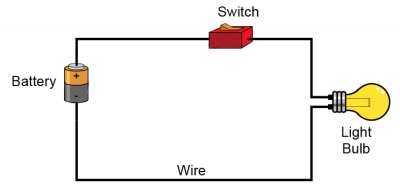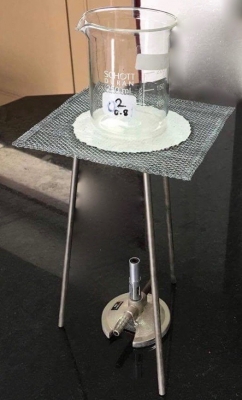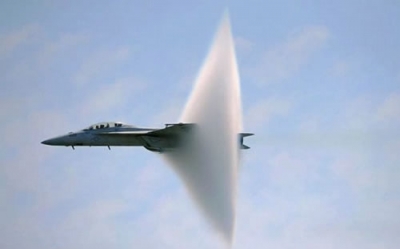
Magnets are objects that produce an invisible force called magnetism. When two magnets are close to each other they produce pushing or pulling forces on one another. Magnets can also pull on, or attract, other objects that are made of magnetic materials, such as iron. Magnets are often U-shaped, like a horseshoe.
Magnetic poles
Magnets have two ends, or poles, called a north pole and a south pole. Unlike poles pull on each other, or attract, so a north pole pulls a south pole. Like poles push on each other, or repel, so a north pole pushes another north pole away.
Magnetic materials
Iron is a magnetic material, so any metal with iron in it, such as steel, will be attracted to a magnet. Nickel and cobalt are also magnetic metals.
Non-magnetic materials
Magnets have no effect on non-magnetic materials. Non-magnetic materials include all non-metals, such as glass, plastic, or wood. Most metals are also non-magnetic, including gold, aluminium, and copper.
Picture Credit : Google









